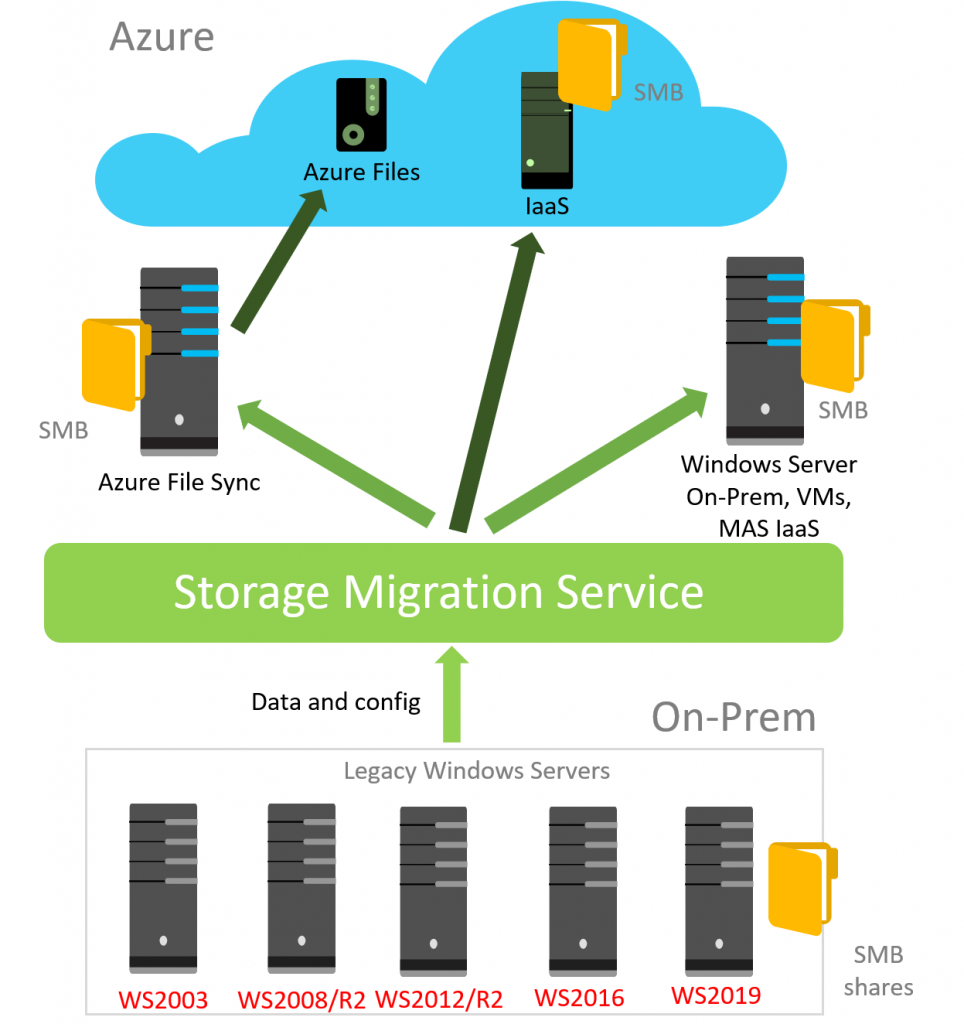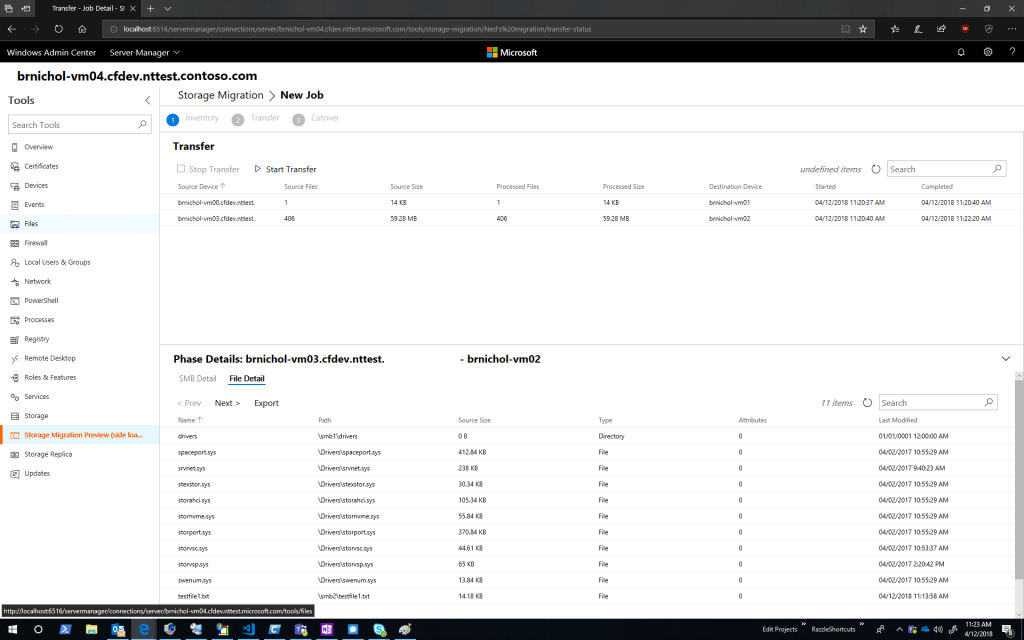Windows Server 2019 - Storage Migration Service
 Windows Server 2019 Preview Builds
Windows Server 2019 Preview Builds
Back in late March Microsoft announced the first preview build of Windows Server 2019. In this announcement were many new and improved features. Just a few listed below.
Extending your Clusters with Cluster Sets
Windows Defender Advanced Threat Protection
Windows Defender ATP Exploit Guard
Failover Cluster removing use of NTLM authentication
Shielded virtual machines: Offline mode, Alternate HGS, VMConnect and Shielded Linux support
Encrypted Network in SDN
Performance history for Storage Spaces Direct
All of the above will be covered in future posts, but the one new feature missing from the announcement was the all new Storage Migration Service.
Storage Migration Service
In the middle of April, Ned Pyle the head honcho for Storage Replica announced this brand new feature. So, what is it? Who is it aimed at? What does it do?
What is it?
The Storage Migration Service will assist you to migrate data on legacy servers without ANY application or user configuration changes. You can migrate to a modern (Windows Server 2019 Preview) Server from and Windows Server all the way back to 2003. (The pan is to support migrating to and Windows Server but not yet).
The service provides fast, consistent, scalable migration managing the complexity and providing a graphical workflow. The data migrated can be unstructured and can be migrated either to Azure or on-premises Windows Server targets.
Who is it aimed at?
This service will be available in both Standard and Datacenter editions of Windows Server 2019 so it is aimed at any size of business that wants to migrate data off legacy devices without having to worry about infrastructure or network changes.
What does it do?
Quite simply it allows a new server to take the place of an old server without the manual tasks normally required, as listed below.
Transfer all data, shares, configurations and security for file system and shares. Transfer all files that are currently in use as well as those files your operator privileges do not allow you access to. Transfer all local users and groups and files that have changed since you last transferred them. Network addresses, computer naming and network resolution such as DNS must be transferred. Finally all data security and other attributes must transfer.
A pretty long list of tedious configuration just to move some files.
So the Storage Migration Service (I am not going to shorten it to SMS, for obvious reasons) is a three stage process. Take a look at the graphic from Ned's initial blog post.

The service has an orchestrator (a Windows Server 2019 Preview server) which manages the whole migration and maintains a database of all results.
Stage 1 - Inventory
Nodes to be migrated are selected and the orchestrator gathers the data required.
Stage 2 - Transfer
Having identified all possible data to move the admin then pairs source devices with target devices and chooses the data. The migration is then performed.
Stage 3 - Cutover (in development)
In this stage the new devices supplant the sources in the network and place the old servers in a maintenance state. In this state users and applications cannot see these devices.
Ned give a useful list of pre requisites to test this great new service, the best thing for me is that is is managed using the Windows Admin Center the first example of a brand new service where the admin center is the primary tool for management.

Also in Ned's blog is a full walkthrough, I can thoroughly recommend giving it a go.
Watch this space for more great enhancements to the service.